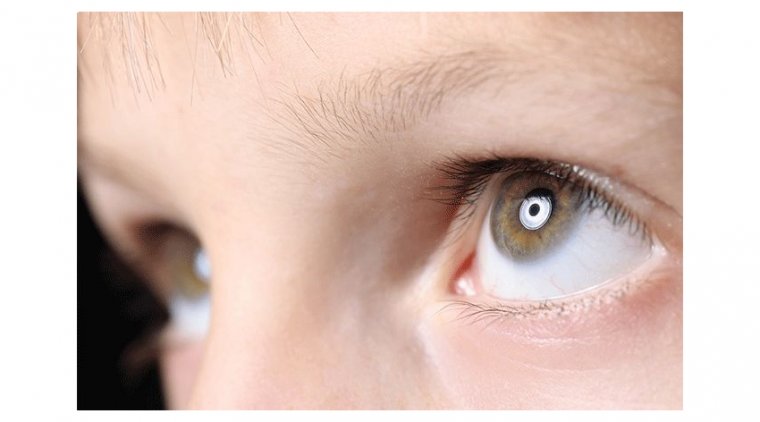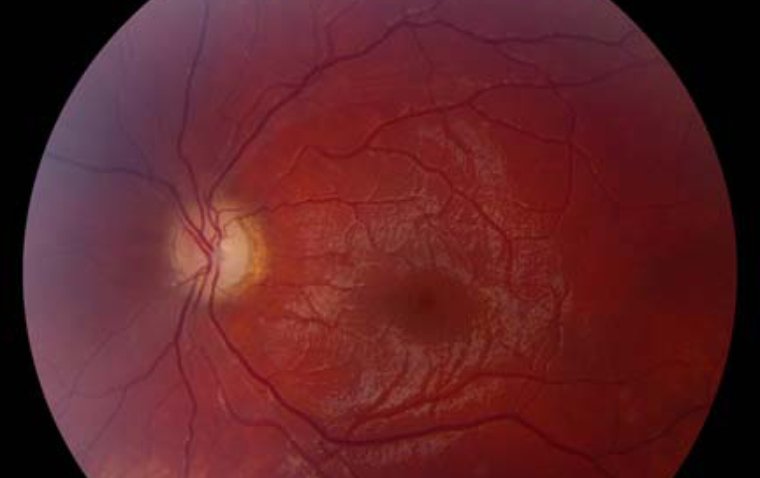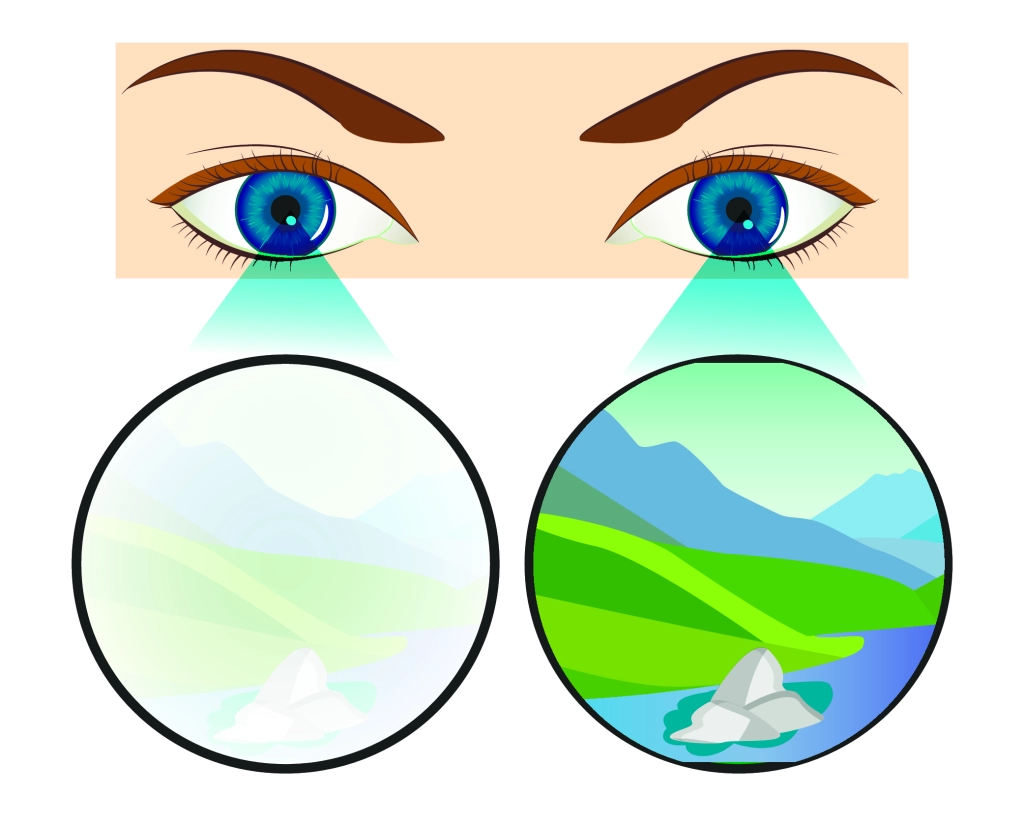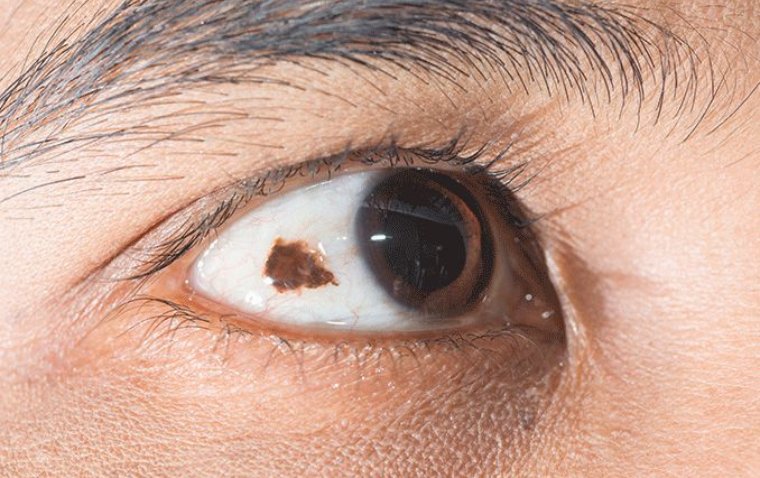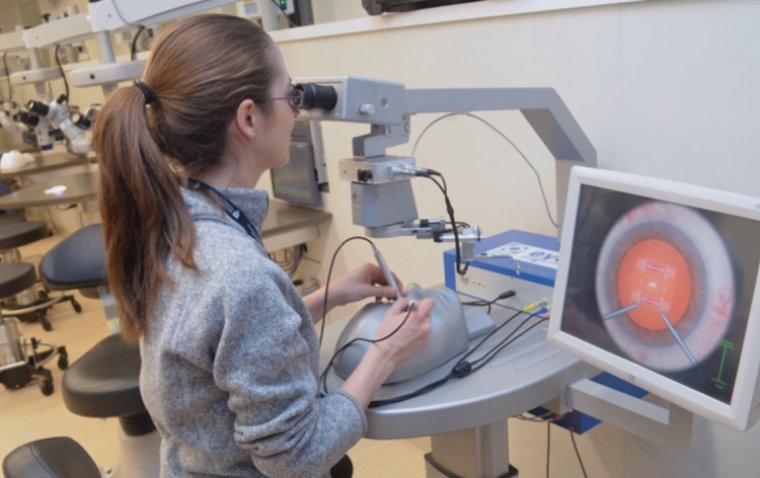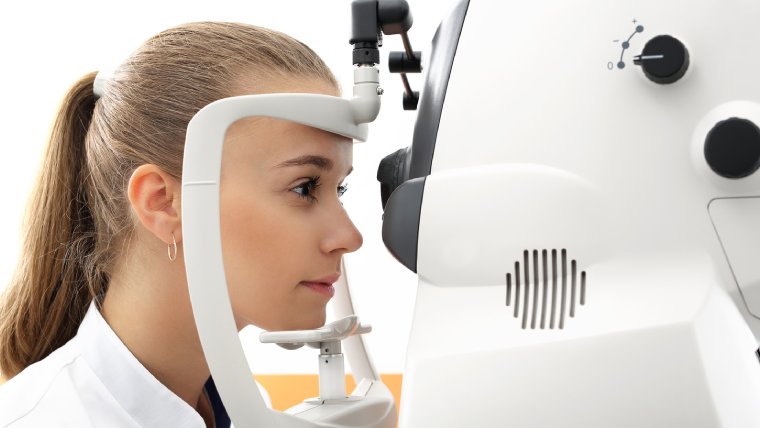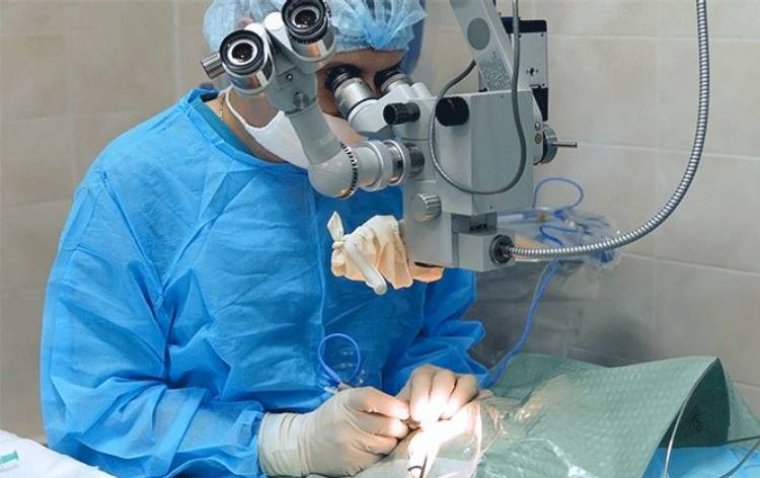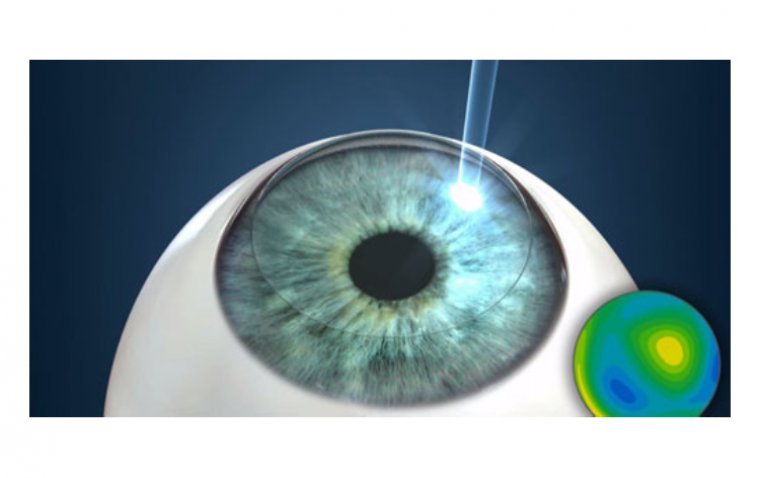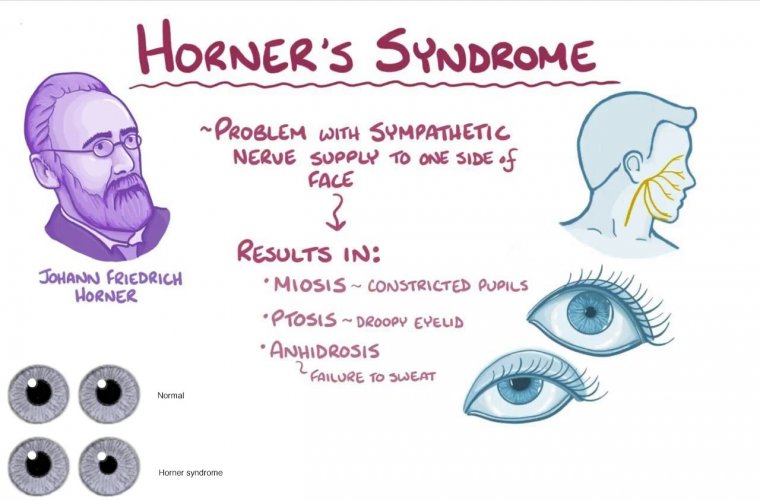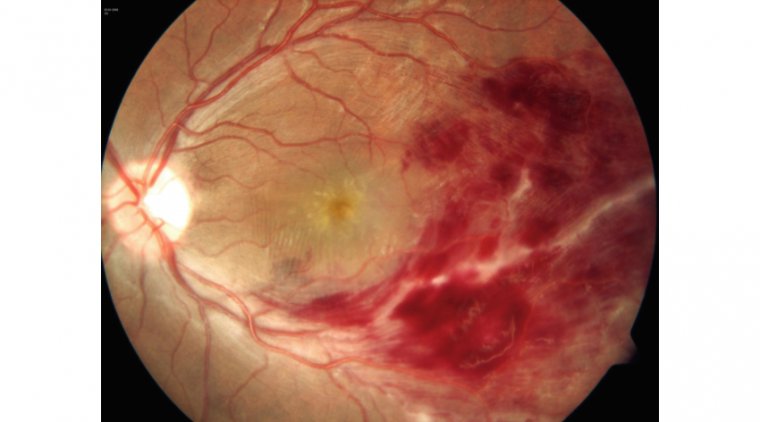
Eales Disease: Causes, Symptoms, Treatment
What Is Eales Disease?
Eales disease is a rare condition that affects the blood vessels in the retina, the part of the eye responsible for sending visual signals to the brain. The exact cause of Eales disease is not known, but it is thought to be an autoimmune disorder in which the body's immune system mistakenly attacks and damages the blood vessels in the retina.
The condition is characterized by recurrent episodes of retinal hemorrhages and neovascularization, leading to visual disturbances and a higher risk of complications.
How Many Stages Are Present in Eales Disease?
The course of the disease can be variable, and the condition is generally classified into three main stages: venous inflammation (vasculitis), occlusion, and retinal neovascularization.
Venous inflammation (vasculitis): The first stage of Eales disease is characterized by inflammation of the blood vessels in the retina, also known as vasculitis. This stage is marked by recurrent episodes of retinal hemorrhages and a mild to moderate decrease in visual acuity. The vasculitis causes the blood vessels in the retina to become leaky and fragile, leading to the leakage of blood into the eye. This leakage causes the visual disturbances that are characteristic of this stage of the disease.
Occlusion: The second stage of Eales disease is characterized by the occlusion, or blockage, of the blood vessels in the retina. This can occur as a result of the inflammation and damage to the blood vessels in the first stage, or it can be caused by the growth of new blood vessels (neovascularization) on the surface of the retina. The occlusion of the blood vessels leads to a reduction of the blood flow to the retina, which in turn causes more severe visual disturbances and an increased risk of complications such as retinal detachment and vitreous hemorrhage.
Retinal Neovascularization: The third stage of Eales disease is characterized by the growth of new blood vessels (neovascularization) on the surface of the retina. This occurs as the body's attempt to overcome the occlusion of the blood vessels and to improve the blood flow to the retina. However, these new blood vessels are fragile and prone to leakage, which can cause further damage to the retina and lead to a decrease in visual acuity, sometimes even leading to blindness.
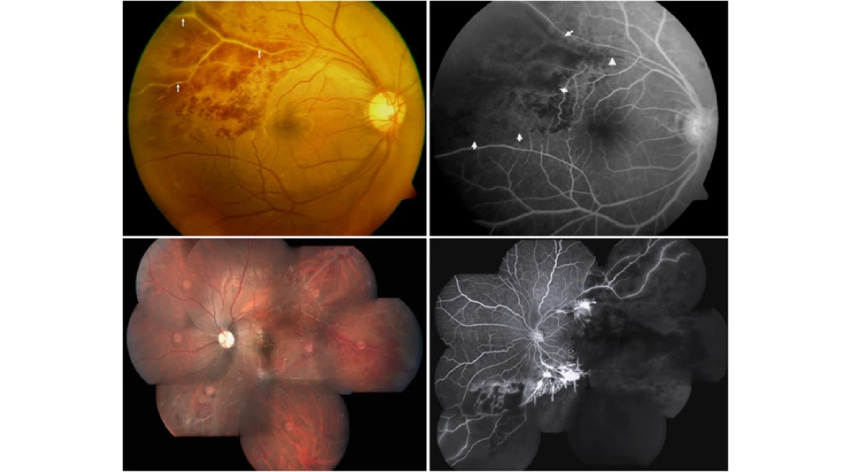
The three hallmark signs of the Eales’ disease are retinal phlebitis, peripheral nonperfusion, and retinal neovascularization.
Symptoms of Eales Disease
● Fluctuating vision: Patients may experience episodes of blurry vision or blind spots in their field of vision.
● Reduced visual acuity: The ability to see fine details may be reduced, making it difficult to read or recognize faces.
● Visual field loss: Peripheral vision may be lost due to the damage to blood vessels in the retina.
● Retinal hemorrhages: Blood may leak from damaged blood vessels, leading to small red or black spots in the field of vision.
● Vitreous hemorrhages: Blood may also leak into the vitreous humor, the gel-like substance that fills the eye, causing further visual disturbances.
● Optic disc swelling: The optic disc, which is the point at which the optic nerve enters the eye, may become swollen, resulting in further visual disturbances.
A diagnosis of Eales disease is typically made based on the presence of these symptoms, along with a detailed eye examination and imaging tests such as fluorescein angiography or optical coherence tomography (OCT).
How to Treat Eales Disease
There is no cure for Eales Disease, so treatment for Eales disease is typically focused on preventing further damage to the blood vessels in the retina and slowing the progression of the disease. Treatment options may include:
● Steroids: Steroid medications may be used to reduce inflammation and slow the progression of the disease.
● Anti-VEGF therapy: Drugs that block the VEGF (vascular endothelial growth factor) protein may be used to prevent the growth of new blood vessels in the retina, which can lead to further damage.
● Laser therapy: Focal or grid laser therapy may be used to seal off leaking blood vessels and prevent further hemorrhages.
● Surgery: In some cases, surgery may be needed to remove blood from the vitreous humor or to repair a detached retina.
It's also important to remember that Eales disease is a rare condition and it's not well understood, and there is still a lot of research needed to better understand the disease and develop more effective treatments. Regular monitoring and follow-up with an ophthalmologist are important for people with Eales disease to ensure that their treatment plan is working and to detect any changes in their condition.
(1).jpg)
